The Canon 28mm F2.8 in Leica Thread Mount
I had the chance recently to purchase a Canon 28mm F2.8 for Leica thread mount compatible rangefinders. This is a rather sought after lens since it is relatively fast for a LTM rangefinder wide-angle lens. Many potential users are drawn to consider the Canon 28/2.8 because of their positive experience using the much more common, but one stop slower, Canon 28mm F3.5 in LTM. Others are seeking a modestly priced wide-angle in Leica thread mount are probably hoping that a somewhat older lens might satisfy their need and perhaps be obtainable at a modest price.
Does the Canon 28/2.8 meet these needs? Well, first of all, inexpensive it is not! Good examples have recently sold for between $350 and $650 on eBay, with prices increasing significantly in recent years. These prices are comparable to the Voigtlander Ultron 28 F1.9 an excellent modern, fast wide rangefinder optic, and are beginning to even approach the lower end of the M-mount Leica 28mm f2.8 Elmarit range. The reason for the high cost is the relative scarcity of the 28/2.8 compared to the more common Canon/Serenar 28/3.5. Contributing to this is the relative scarcity of 28mm lenses in LTM in general, vintage or modern.
Having a bit of experience in optical design myself, I can imagine that the engineering requirements required to routinely design and manufacture a lens of this nature were a significant challenge to optical engineers in the era in which the Leica thread mount systems were part of the mainstream of the photographic world (say 1930-1960). While many examples of faster LTM 28mm lenses were in fact made in this era, most were produced in small quantities and are vanishingly rare, and those easily found today are expensive. By the 1960’s few manufacturers produced LTM lenses in large quantities, wide angle or not, contributing to the dearth of such lenses. More recently users of rangefinders have been blessed by production of a variety of short focal length lenses by Cosina-Voligtlander at modest prices, although the existing quantities are still modest and this company is now producing mostly (if not totally) M mount rangefinder lenses. These factors, together with the unabated passion for LTM collectible lenses of many (including this blogger) has kept the prices of the Canon 28/2.8 LTM high, and I am sure it is likely to get even higher.
My 28/2.8 had been recently cleaned and lubricated (CLA) by a known classic camera expert in Japan for the previous owner (also in Japan). It was, like most Japanese sourced product, in very good condition. On many such lenses one often finds pitting on the chrome as well as glass issues, some of which cannot be surmounted even with a CLA. My 28/2.8 has both excellent cosmetics and very clean and clear damage-free glass.
The basic specs on this lens are covered at the online Canon Museum and other web sites and books so I will not go into excessive detail about these. See for instance:
http://www.canon.com/camera-museum/camera/lens/s/data/19-35/s_28_28.html
Some key virtues of the 28/2.8 are that this lens is light and quite compact. Note that the Canon web site lists the 28/2.8 manufacture date beginning as 1957, a full six years after the debut of the Canon Serenar 28/3.5. This I believe attests to the difficulty of making this lens, the advancement of Canon technologically, as well as the growing public demand for such fast wides at the time.
Here are some digital photos of my Canon 28/2.8 on my Leotax F body with a black Canon 28mm finder. The filter in this setup was a Walz 1A:
Now here are some photos taken with the 28mm F2.8. The camera was the Leotax above and the film was Agfa ISO 100 C41 film. This was processed at a 1 hour local lab where they mishandled the negatives adding fingerprints and dust. I scanned it on my CanonScan 8800F and used the GIMP photo editor to largely clean up the damage to the negatives, as well as to rebalance the color and exposure a bit. These shots were taken mostly at mid-aperture settings (like F5.6 and F8) as I recall. No sharpening was done and the negatives were scanned at 1200 dpi. I’m not claiming to do exhaustive scientific testing here, but just obtaining basic impressions of performance and convenience of use.
My impressions are that this lens is somewhat sharper (at least at mid apertures) than it is often given credit for. It does clearly indicate some noticeable vignetting at the corners, which is quite common in vintage wides and not particularly objectionable to some (including me). I would say the color rendition and contrast are good, but not stunning. I did not use a hood in these photos and that might have improved the results.
My experience using the 28/2.8 wide open is limited, but I did own another example a few years ago and found that it was noticeably unsharp wide open, but my testing was limited and not particularly careful. It is certainly a recommended lens for anyone wanting a compact, beautifully made, and collectible wide-angle lens for use, and it will appreciate in value over the years. I would not recommend the Canon 28/2.8 for the most critical or commercial applications, nor to anyone needing a wide-angle rangefinder lens at a budget price. All said, I can say, as with most Canon rangefinder lenses and cameras (practical considerations aside) that it is a true pleasure to use!
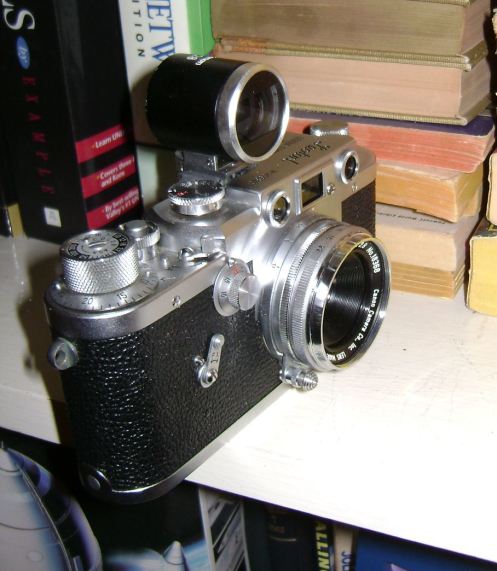
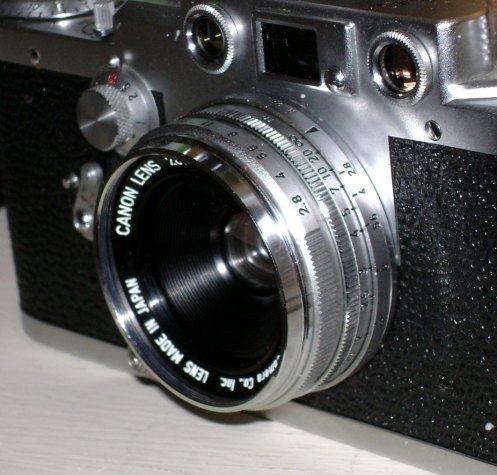
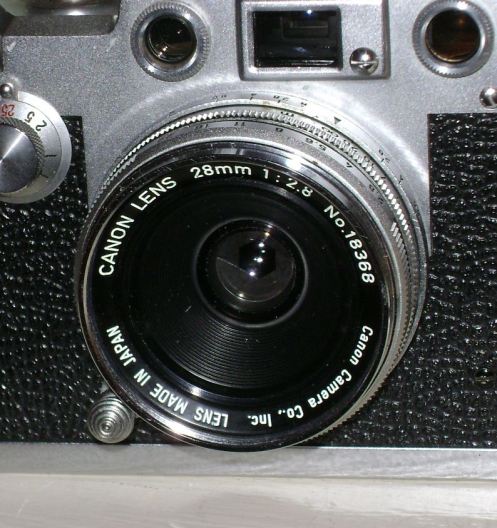
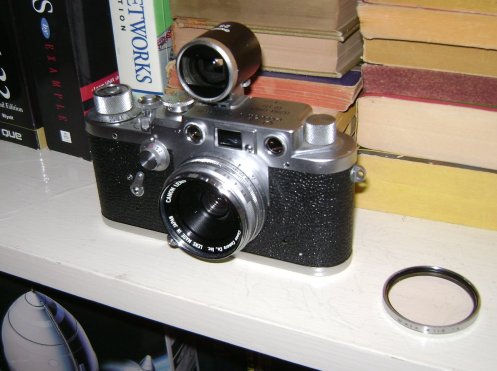
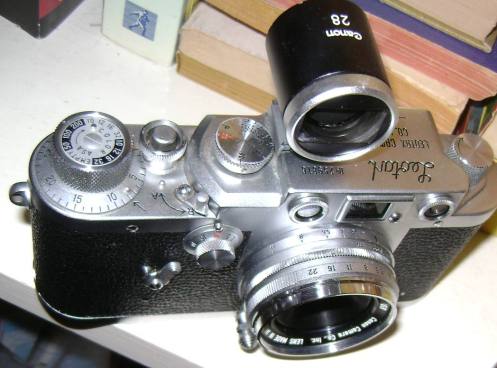
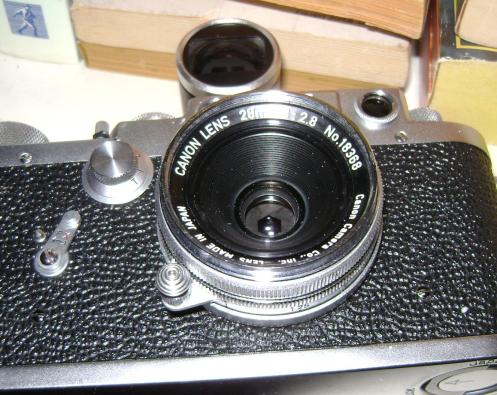

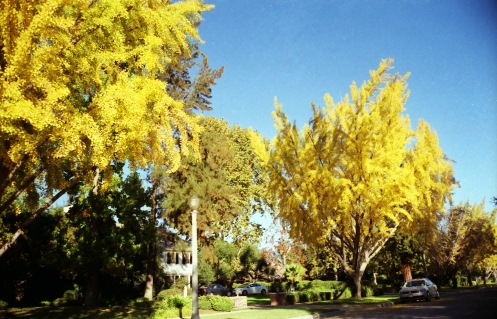
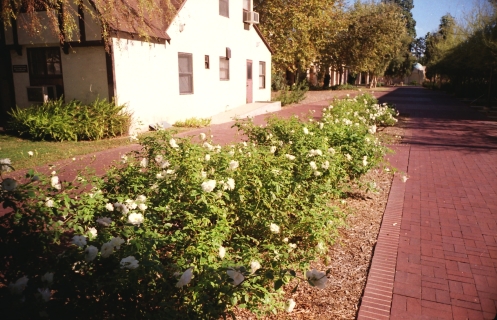
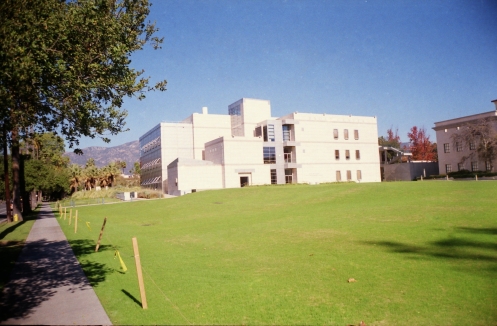
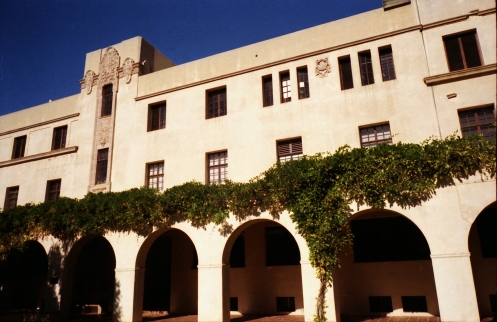
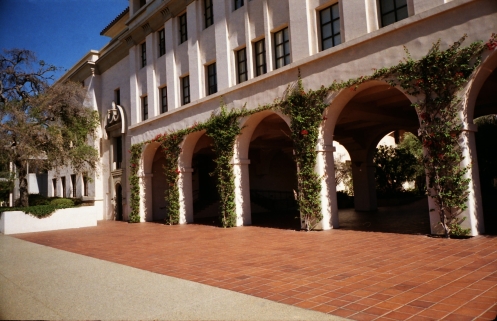
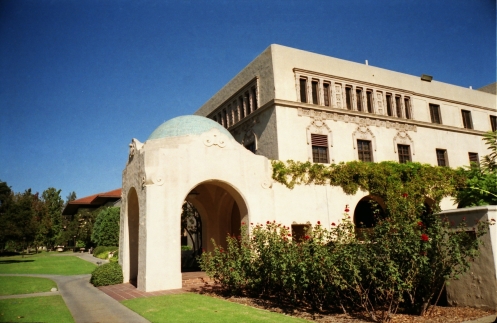
Hi David,
Informative commentary and great example shots with this Canon 28/2.8. Finally, you reviewed something I didn’t have as my rangefinder lenses start at 35mm, although I did buy a Voigtlander 25/4 Color Skopar for my Bessa R2. For some reason even with SLR’s 28mm has never been a favorite focal length of mine, instead I always went with 24mm or 35mm.
Anyway, nice to see you are still at the blog as I welcome your reviews.
Gary Hill
Gary,
Thanks for the comments. I understand your interest in 24mm lenses – these, if well made, can really get the wide-field job done for almost any subject. Their disadvantage is cost, which is significantly more than comparable 28mm lenses. Perhaps I’ll get a chance to review one of the legacy 25mm rangefinder lenses such as the one made by Canon in LTM or the Nikkor 25mm.
— David
About a couple years ago I had a Nikkor 25mm. It was complete with hood, case, box, finder in pristine condition. I paid $$$ for it, but unfortunately was reluctant to use it because of it’s value and condition. That’s when I decided it was crazy to have so much invested in this with actually limited usage and my findings were, realistically, the image quality was nice, but nothing truly impressive with pretty severe light fall off in the corners. I did sell it and made a profit which allowed me to buy the 25mm Color Skopar for my M mount bodies. Couldn’t use it on the Nikon S2, but the lens I love the most is the 35/1.8 Nikkor. I would like to find a 25mm Canon but again most I have seen go for way more than I want to spend. Good luck if you find either or if you already have, I look forward to your reviews.
Gary Hill
Thanks to you, I purchased the Canon 28/2.8 ltm, and I could not be happier. I also have the Canon 28/3.5 Serenar ltm, which is very very good. However, for shooting in every condition (indoor, outdoor, night, etc), the Canon 28/2.8 is great, the best.
Very good review. I used both the 3.5 and 2.8 Canons extensively as a photojournalist in Asia, back in the ’70s and ’80s, found the 2.8 to be noticeably better performer, and have it mounted on my Sony A7R III right now. It has provided many iconic images, widely published ones, and with Kodachrome, when I could use that, it often surprised me with detail and tonality I did not see in any other lens I used save, perhaps, my Summilux 50mm. Quality control did not seem as consistent then, with lenses made largely by hand, as they are now, and there is some vignetting that I generally like, but I would not hesitate to use the 28/2.8 LTM Canon on any assignment, even today. And maybe I will.
Thank you for the comments and historical insights into the Canon 28/2.8 LTM